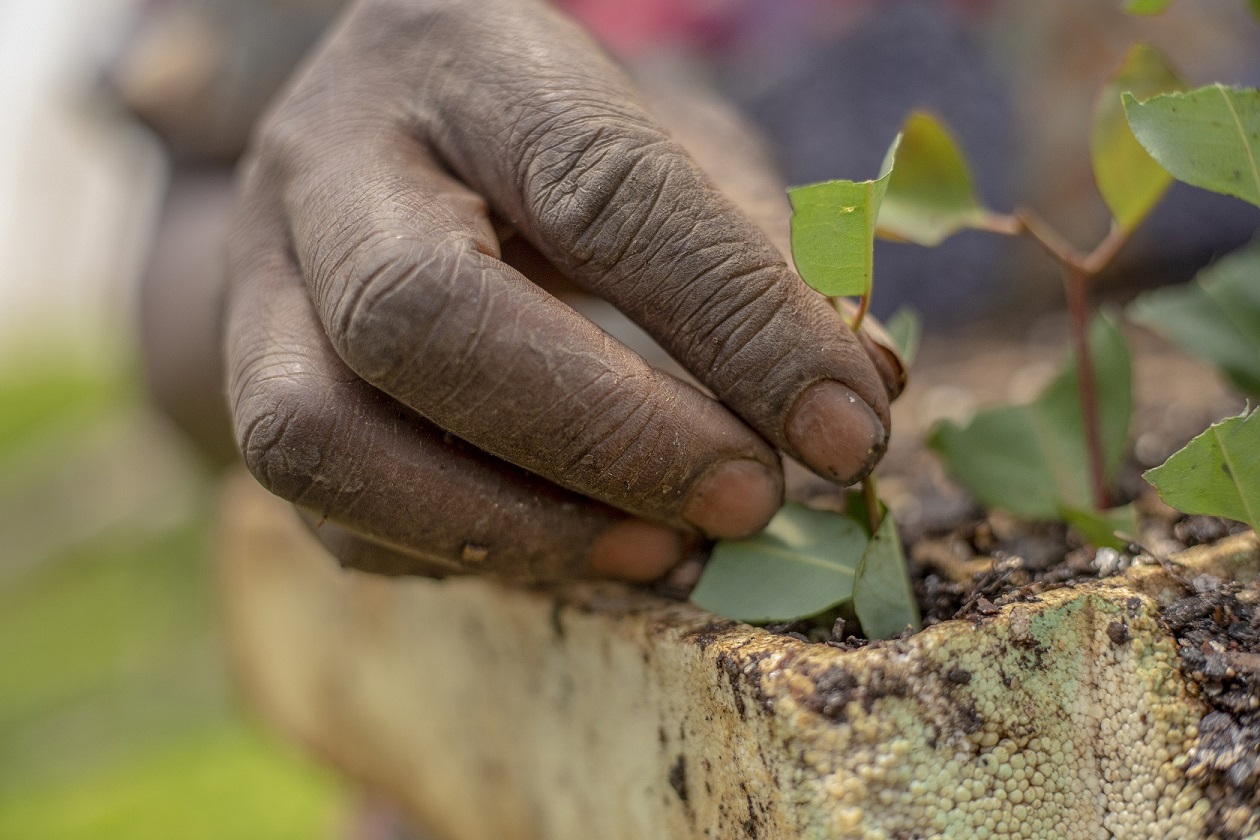Majority farmworkers in Zimbabwe live on less that 25c a day
The monthly wage of the lowest-paid farmworkers in Zimbabwe was pegged at ZWL213 in July, throwing that grade of workers into extreme poverty, surviving on less than 25 USD cents a day.
The ZWL is the Zimbabwe currency whose value varies according to an interbank exchange rate usually around 7.5 to the US dollar and the parallel market rate which hovers around 10 to the greenback.
It means the lowest-paid worker earns the equivalent 28 USD on the official interbank exchange rate or 21 USD on the illegal parallel market rate.
In July, social partners comprising employer and employee bodies agreed on wage review for the 10 grades of employees in the agriculture sector but even the highest-paid grade C2 worker only earns ZWL421 (about 56 USD).
Austin Muswere, speaking on behalf of the General Agriculture and Plantation Workers Union of Zimbabwe (Gapwuz) said even if an agreement has been reached between employer bodies and trade unions, most farmers just never implemented the new wages.
“It’s a very difficult situation,” he said in a telephone interview. “Employers are facing myriad problems and can only express their intent to periodically review wages. Implementation is something else because most of the time farmers genuinely have no capacity to raise wages.”
Muswere said the employers faced electricity problems and depended on expensive sources of power such as petrol and diesel-powered generators which have taxed their viability. They also had problems accessing foreign exchange from the central bank to buy inputs which are mostly imported.
Zimbabwe is facing a huge power deficit due to the decommissioning of its only hydro-power station due to low levels of water in the dam. Its economy is in serious crisis and even at the best of times always has to import power.
But the low wages have impacted negatively on the workers, mostly women, who make up the bulk of employees on the farms and are generally banded into the lowest employee grades.
“Most women workers are single mothers who bear the burden of raising children on their own,” said Muswere. “A woman might be looking after up to five children and that puts a great strain on her.”
Compared to the wages, the total consumption poverty line for an average of five persons per household stood at $873 in March 2019. The inflation rate in the country was recorded at 175.66% in June 2019. The Consumer Price Index for July was measured at 172%. For a family of five to survive above the poverty line of $1.25 a day it should earn at least ZWL1.875.
“The living wage and the actual wage disparity are just too huge,” Muswere said adding this compounded the problems the workers, particularly women, faced.
Ndaizivei Kamoto, coordinator of the Hivos project Decent Work for Women, said: “an average female worker can’t afford basics such as sanitary-ware, healthcare and education for their children yet the horticulture sector is a high export business.”
She said more and more workers had been downgraded to casual workers as employers cut costs. This, she said, meant workers’ livelihoods were adversely affected as their incomes were no longer regular.








